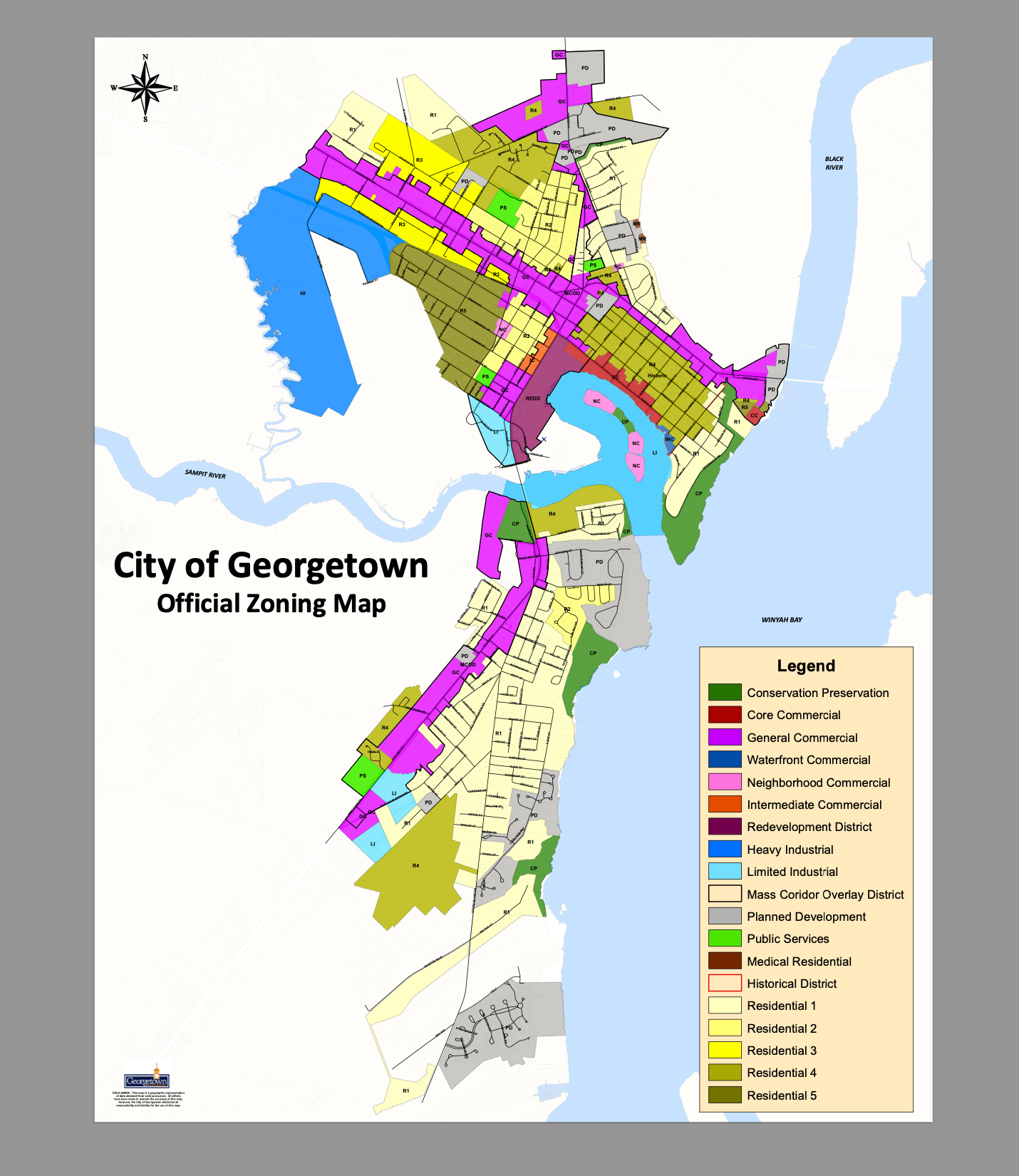Three steamers and two schooners are docked at Atlantic Coast Lumber’s vast loading shed that jutted into the Sampit River in Georgetown. Across the river from the ACL Company are rafts of logs and a walkway of Gardner and Lacey Lumber Company in the foreground. The wooden keg and its possible contents nudge curiosity. South side of Goat Island in the foreground. The photo is part of the Morgan Collection at the Georgetown County Library.
The Atlantic Coast Lumber Co., which closed in 1932, dominated life in Georgetown during the first 32 years of the 20th century.
Rice had been the economic mainstay of the region for most of its history, from the early 1700s until the Civil War. Reconstruction was particularly rough in Georgetown County, and the need for an economic engine was vital.
The ACL developed the former rice fields west of the city. Wharves, warehouses, a foundry and a power plant were built. Streets were laid out, sewers, a water system and machine shops were built, as were a hotel and a mercantile house. Block after block of residences for executives and laborers were completed and the ACL began operation in 1899.
A fire in 1913 destroyed two of the three mills. A new steel and concrete plant was erected on the same site within 10 months, and it was called the “largest strictly fireproof sawmill in the world and the largest lumber manufacturing plant on the Atlantic coast.”
The ACL operated logging camps to supply its mills by rail and raft. There were some 317 miles of main line tracks and 70 miles of logging road leading into Georgetown.
The principal rail connection was by the Georgetown and Western Railroad, later absorbed into the Seaboard Airline Railway Co., which extended 36 miles from the mills to the junction at Lanes. From Andrews the ACL had trackage rights for its log trains to Charleston and to spur lines stretching into its other timber holdings. The shops that maintained the cars were located in Andrews.
Marketing was also by rail and water. Before incorporation, the ACL products were moved by the Atlantic Coast Steamship Co. The first two vessels were the Georgetown and the Waccamaw. The selling agent was the Export Lumber Co. with distributing plants in New York, Boston and Ottawa. After 1903, the company transported lumber on its own steamships.
In 1932, the ACL closed its Georgetown plant and the region reached the depths of the Great Depression. The ACL had drastically changed the landscape of Georgetown County, including a railroad from Hagley on the Waccamaw River to Pawleys Island.




